
As the world grapples with the containment of the Covid-19 pandemic whilst it crushes socio-economic foundations and brings world leaders to their knees, the question at the back of our minds is how will the storyline end?
Known to all is the balancing act of instilling lockdowns which buys time in reducing the impact on morbidity and mortality apart from attaining immunity against having no mass social containment as practised in South Korea and Sweden in their quest to attain herd immunity.
In countries which have opted for the former approach, the question remains as to the duration necessary for the implementation of the lockdown and the method in which it should be eased i.e. the exit strategy. The buzzword of "flattening the curve" refers to reducing the number of infected individuals within a community over a period of time has become a daily preoccupation.
Pragmatic options on flattening the curve should be placed on the table for critical evaluation in finding that postscript for the final chapter in the Covid-19 saga. If possible to flatten and shrink it, "squishing the curve".
Strategies adopted by different nations
The challenge for every government would be in deciding the appropriate exit strategy. Clearly, different approaches have been implemented to date with varying degrees of success.
China is one of the major countries that has managed to bring down the number of new cases to very low levels based on official figures. This was achieved by a strict implementation of lockdown that went beyond the levels practised in Europe and many other countries.
Lockdown was only eased 60 days after it was first imposed, a near-zero level (both in terms of new cases and day-on-day growth) was achieved around two weeks prior to the easing of the lockdown, but the strict measures remained intact.
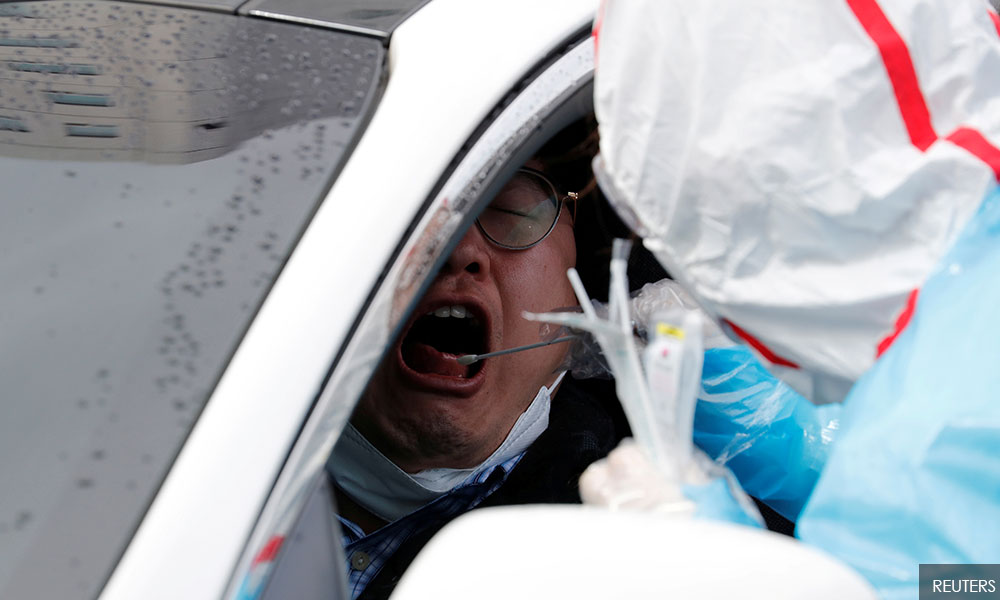
South Korea, on the other hand, managed to control its outbreak through containment and contract tracing without the need for lockdown measures. Also note that unlike China where new cases tend to hover around a single or two-digit, South Korea to date stabilises at around the 100-case mark which it will continue to manage in preventing it from exploding to a new peak. This may well be the outcome for other countries, which further suggests the importance of continuous efforts to contain the spread and not to let our guards down when the worse may appear to be behind us.
The United Kingdom is comparatively behind in imposing a strict movement restriction. After nearly two weeks of implementation, an upward trend in daily cases with exponential growth of above 13 percent was observed until recently. As in the case of its neighbouring countries, it may take another week or two before the first signs of a positive effect could be observed.
So, what could be the viable recipe in combating this outbreak so that health systems could cope and achieve herd immunity?
Evaluation of Different Lockdown Strategies
Approximately 100 different scenarios on a hypothetical population related to lockdown were generated to provide insight and to highlight pertinent information on lockdown strategies and to expose analytic gaps.
This is just a simulation and might not represent a real population.
Scenario (A) representing the baseline progression of Covid-19 in this hypothetical population without any lockdowns.
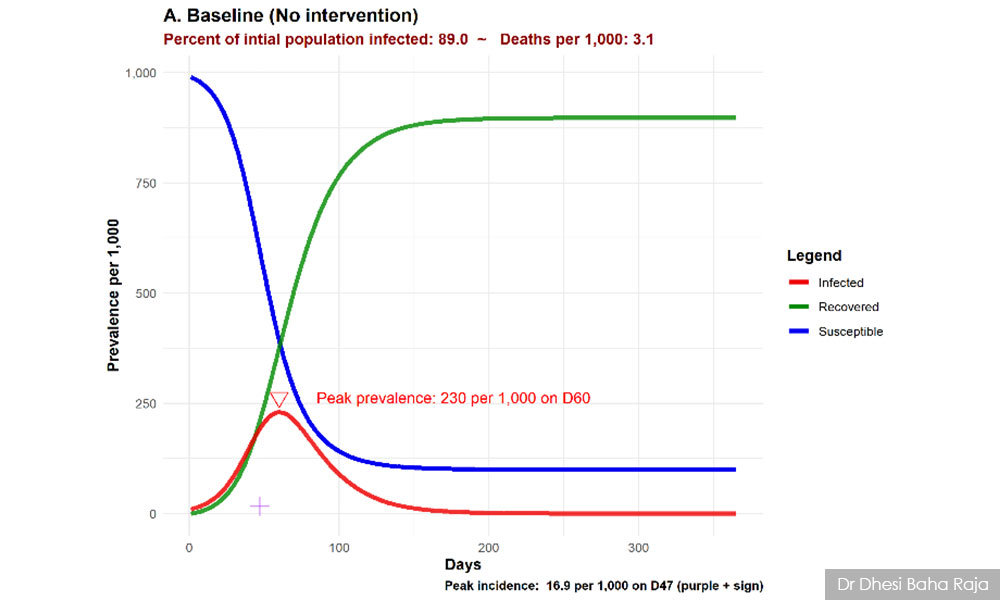
B-series scenarios simulate a one-off lockdown for a fixed period of 42 days (six weeks) with variation only to the starting day of the lockdown from Day two to Day 72.
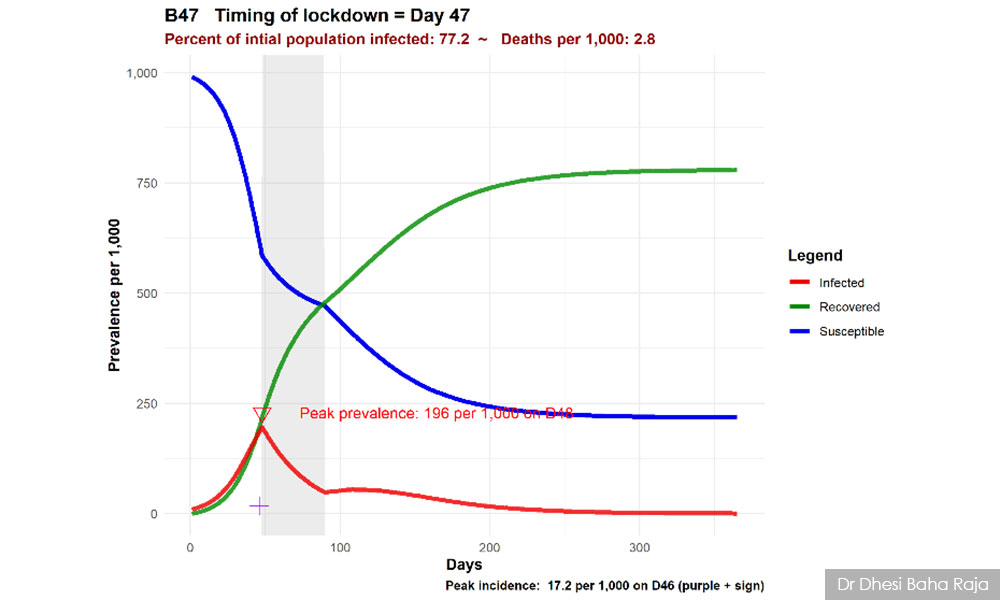
C-series scenarios simulate a one-off lockdown.
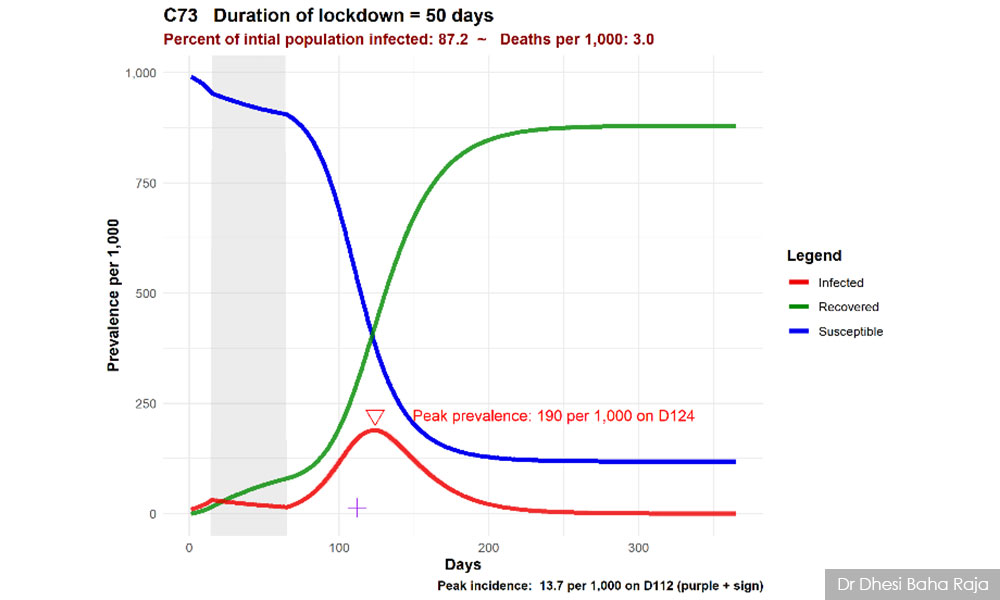

D-series scenarios simulate non-pulsatile vs pulsatile "on and off" lockdown strategies. This series of scenarios assume that even when the lockdowns are in the "off" period of the pulse, policies remain in place to prevent a rebound increase in acts.
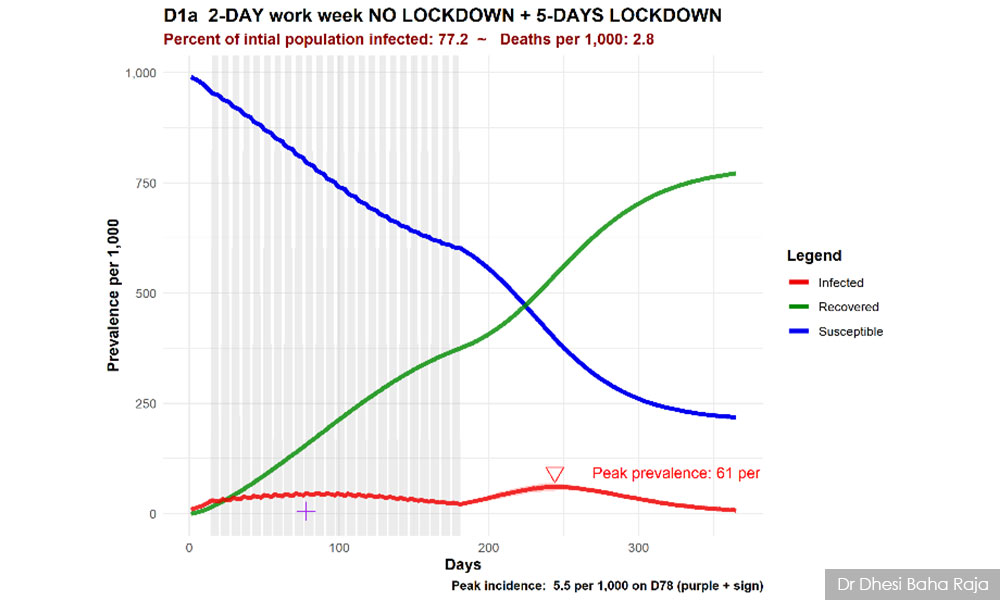
While E-series scenarios simulate a prolonged period of lockdowns all starting on Day 14 and ending on Day 182 with varying intensity in the reduction of acts per day, with 100 percent representing the maximal lockdown.
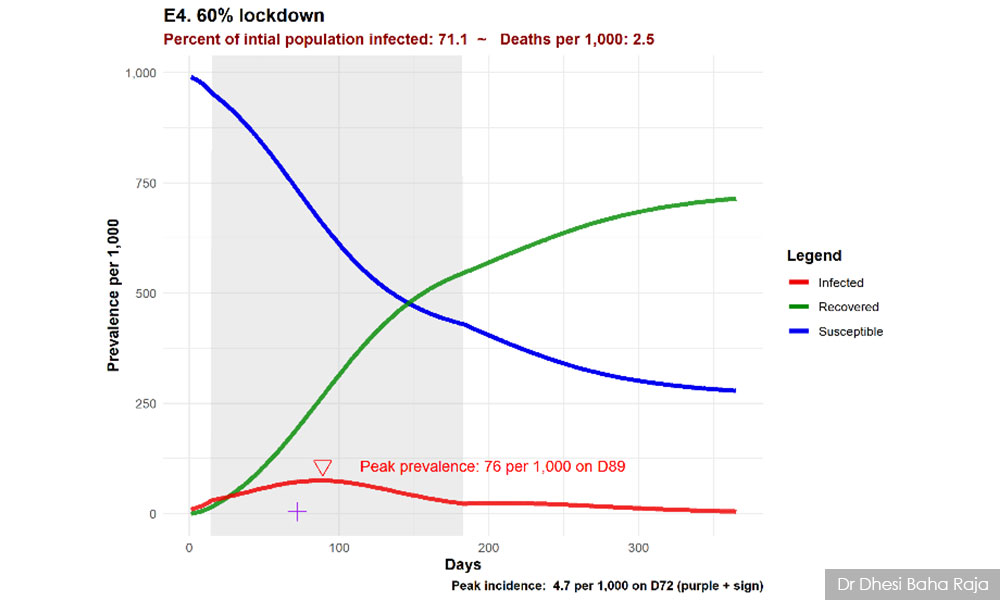
What do these simulations tell us? The longer the lockdown period, the lower the frequency and incidence peaks. However, by prolonged lockdowns, proxy indices of economic and social operations are significantly reduced.
A lockdown with 80 to 100 percent intensity suppresses the epidemic during the intervention period but to a degree prevents the population from gaining herd immunity. Weak lockdowns with an intensity of 50 percent or less do not contain the outbreak and even allows peak during the lockdown.
The best performing in terms of epidemiological outcomes is the simulation in scenario E. A smooth and constant partial lockdown applied throughout the intervention.
The conclusion being that although the information derived is inferential, smooth submaximal lockdowns are more effective than pulsatile lockdowns, it lessens the socioeconomic risk, achieves adequate social interaction whilst conferring adequate herd immunity. We might not only flatten but also shrink the curve.
This article was first published on Science Media Centre Malaysia here.
DHESI BAHA RAJA is a public health medicine specialist and healthtech advisor to the former health minister of Malaysia. He is an award winner of the Pistoia Life Science King’s College London & MIT Top 10 Innovator Under 35. - Mkini



No comments:
Post a Comment
Note: Only a member of this blog may post a comment.